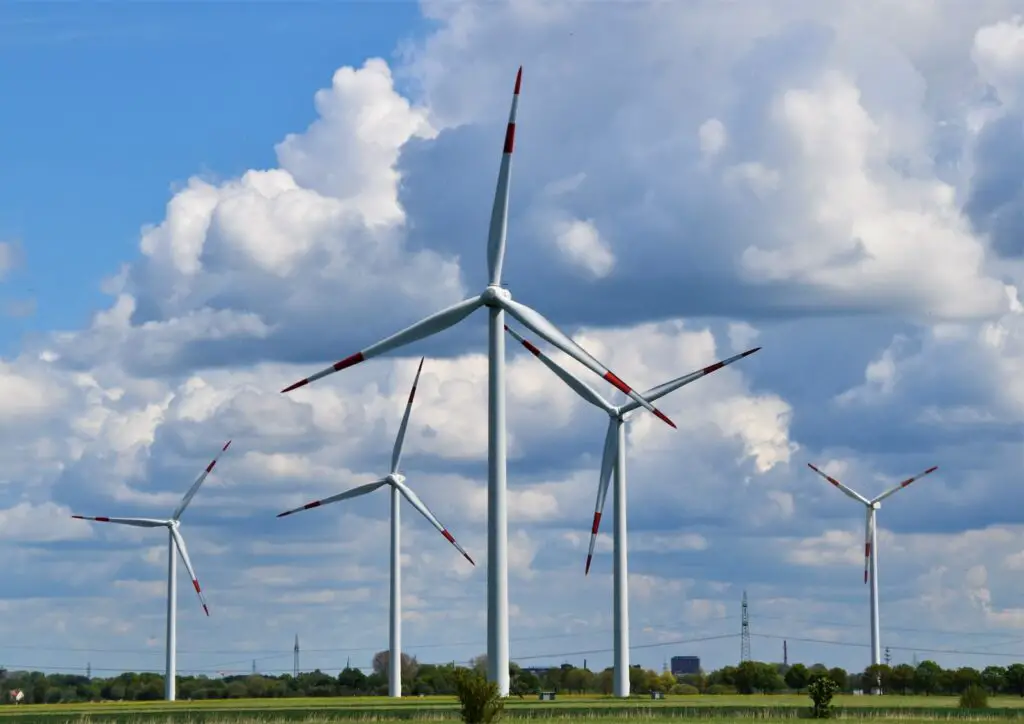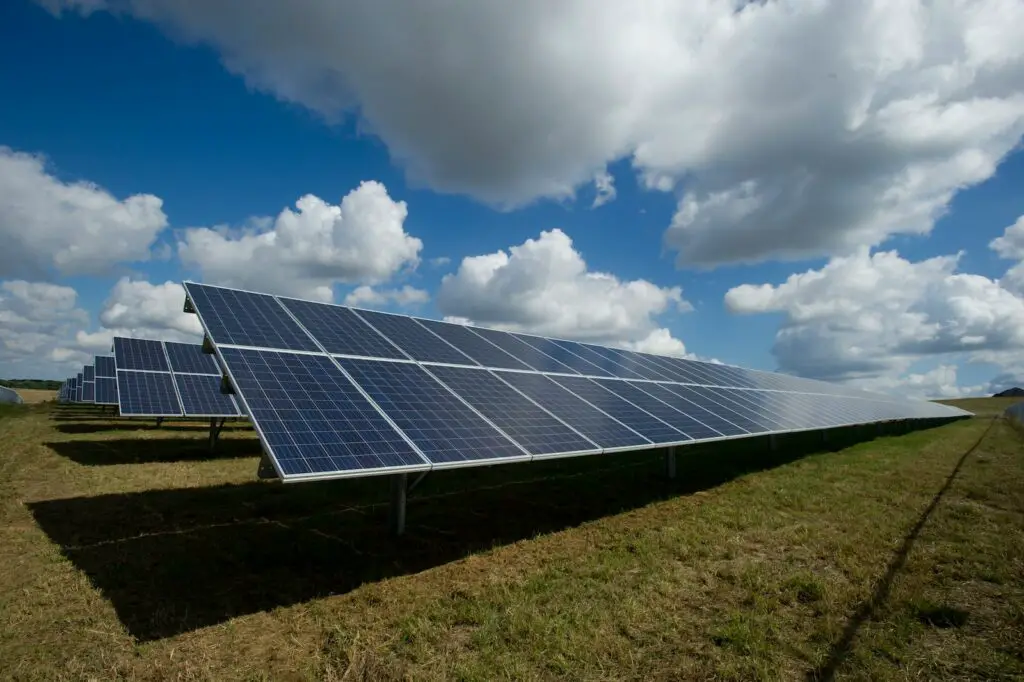In a world where climate change is an ever-growing concern, renewable energy is more important than ever. Renewable energy is becoming increasingly popular as an alternative to traditional fossil fuels. There are many reasons for this, but perhaps the most important is that renewable energy is a sustainable resource that can be used indefinitely.
Renewable energy is also often less expensive than traditional energy sources, and it can be generated from various sources, including solar, wind, and hydropower.
Despite these advantages, renewable energy is not without its challenges. One of the biggest challenges is that intermittent renewable energy is not always available. This is a problem for solar and wind energy, which are only available when the sun is shining, or the wind is blowing. Another challenge is that renewable energy is often less efficient than traditional energy sources. However, with advances in technology and an increase in global investment, these challenges are gradually being overcome.
Types of Renewable Energy
Solar energy
Solar energy is the largest renewable resource and can be captured in many ways, including photovoltaic panels, solar thermal collectors, and concentrated solar power plants.
PV panels convert sunlight into electricity, while solar thermal collectors focus sunlight on generating heat that can be used for water heating or space heating/cooling. Concentrated solar power plants use mirrors to concentrate sunlight onto a small area to generate electricity.
Wind energy
The wind is another important renewable resource, and its potential has only begun to be tapped. Wind turbines capture the kinetic energy of moving air and convert it into electricity. There are three main types of wind turbines:
- Horizontal-axis turbines have blades similar to an airplane propeller.
- Vertical-axis turbines have blades that rotate around a vertical shaft.
- Offshore turbines are built on platforms in water bodies.

Water
Water is one of our planet’s most abundant natural resources, covering more than 70% of the Earth’s surface. There are several ways to generate energy from water, including hydropower, ocean power, and tidal power.
Hydropower is the most common form of water-based renewable energy and has been used for centuries. Hydropower uses the force of moving water to turn a turbine, which generates electricity. Ocean power and tidal power are similar, but they use the energy of waves and tides instead of waterfalls.
How to Reuse Renewable Energy
It is a common misconception that renewable energy cannot be reused, but this is not the case. It is possible to reuse renewable energy through technology. There are many ways to reuse renewable energy. One way is to use it to generate electricity. Solar panels and wind turbines are two common ways to generate electricity from renewable energy.
Another way to reuse renewable energy is to heat or cool your home. Geothermal systems use the heat from the Earth to heat your home in the winter and cool it in the summer.
You can also use renewable energy to power your car. Electric cars are becoming increasingly popular as we look for ways to reduce our carbon footprint. The best way to reuse renewable energy is by using it to generate electricity and storing it in batteries. This will ensure that homes and businesses have a backup power source in case of a power outage. There are many other ways to reuse renewable energy. We need to investigate how renewable energy can be reused to become more sustainable in the future.
Benefits of Reusing Renewable Energy
Renewable energy helps reduce greenhouse gas emissions, one of the main reasons for climate change. It also reduces dependency on fossil fuels, a major pollution source. Renewable energy is also a sustainable energy source and can be used indefinitely. One benefit of reusing renewable energy is that it helps to conserve our natural resources and produces little or no pollution. And also it is often less expensive than traditional forms of energy.
When renewable energy is used to generate electricity, the process is called cogeneration. Cogeneration uses two energy sources – one source for electricity and one for heat – to produce both simultaneously. This can be done with solar panels, wind turbines, or geothermal systems. The advantage of cogeneration over traditional methods of generating electricity, such as coal-fired power plants, is that cogeneration produces far less pollution.
Another way to reuse renewable energy is through district heating and cooling (DHC). DHC systems use a central plant to generate heat or cool air, which is then distributed through a network of pipes to homes and businesses in the area.
This system can be powered by solar panels, geothermal systems, biomass boilers, or even waste heat from industrial processes.
Reusing renewable energy also helps to conserve resources. We are not using up finite resources like oil or coal when we use renewable energy. This is important for both environmental and economic reasons. It is estimated that the world’s supply of oil will run out in about 50 years, so it is important to find ways to conserve it.
Additionally, using renewable energy can save money in the long run. Once the initial investment has been made in things like solar panels or wind turbines, the energy produced is free. Finally, using renewable energy helps create jobs. The installation and maintenance of solar panels and wind turbines create jobs for people in the green energy industry. This is an important consideration as we move towards a low-carbon economy.
Conclusion
Renewable energy is a sustainable and environmentally friendly option for power generation. To help save our environment, we should reuse renewable energy as much as possible.
Renewable energy is a source of energy that can be replenished from time to time. It is a source of energy that does not strain the environment.
Reusing renewable energy can help to save our environment in many ways. It can help to reduce greenhouse gas emissions, it can help to conserve resources, and it can help to reduce pollution.








